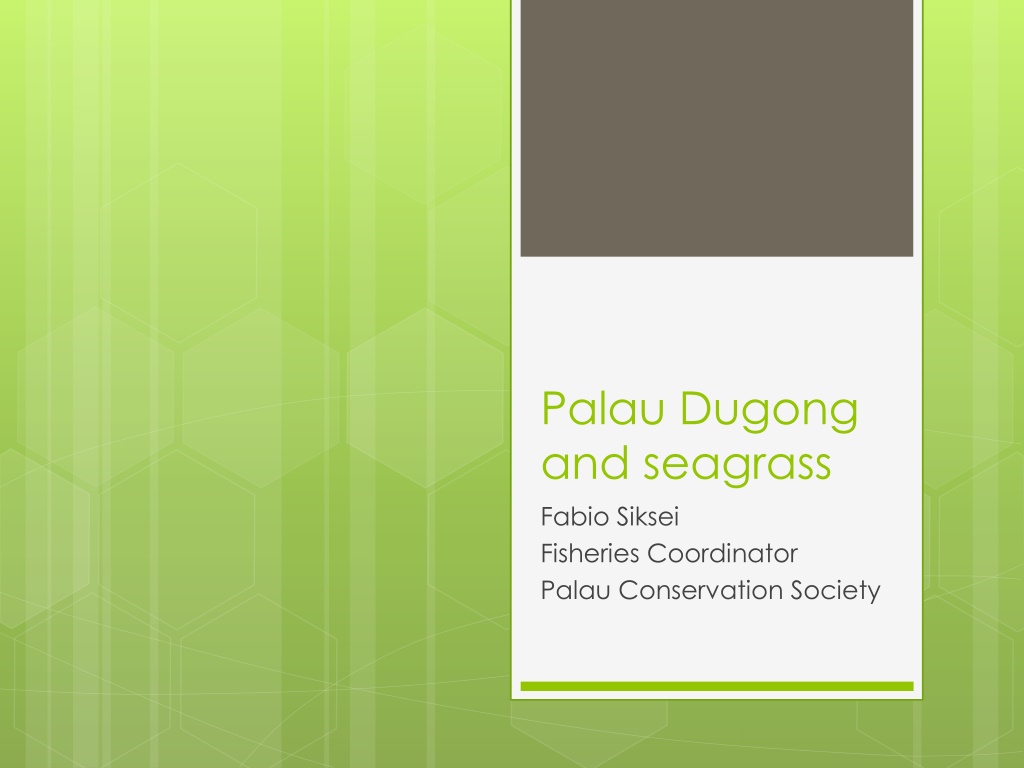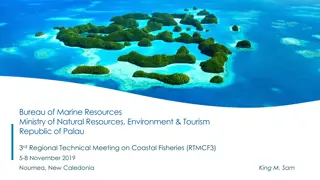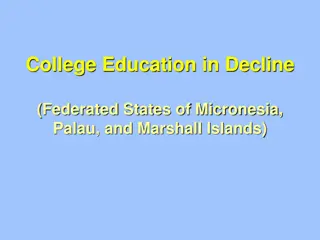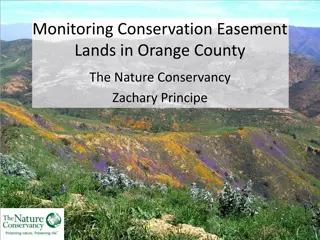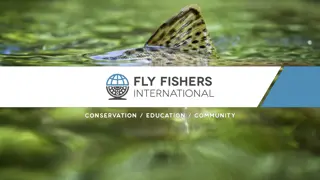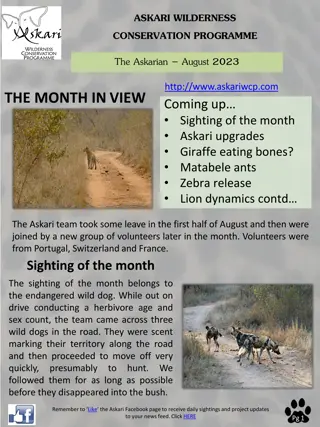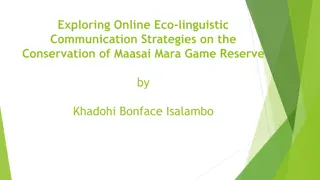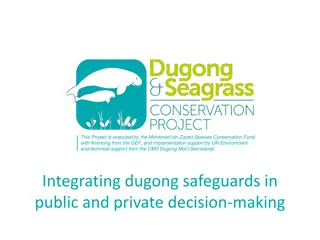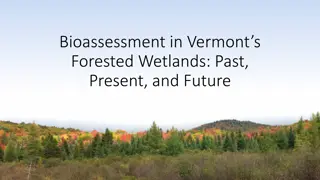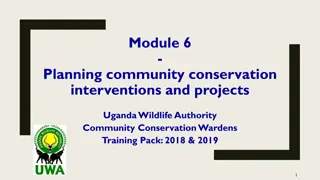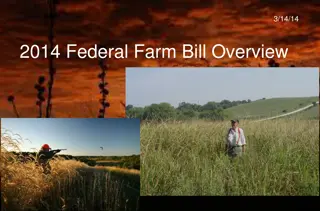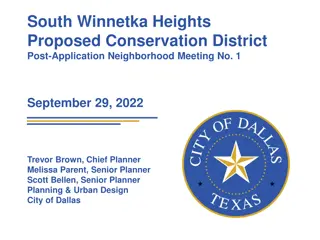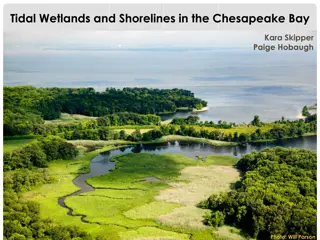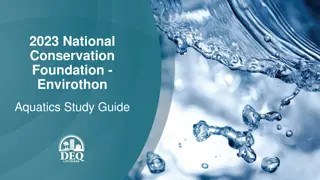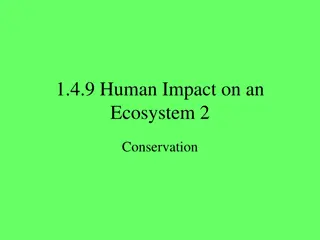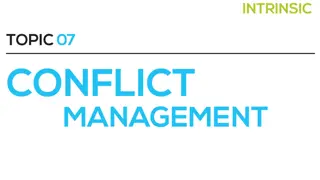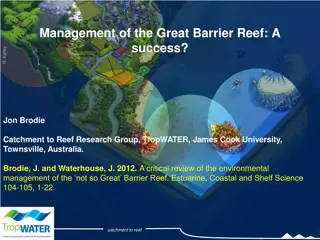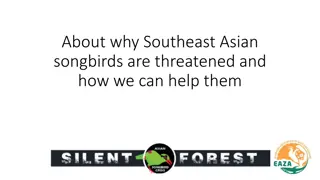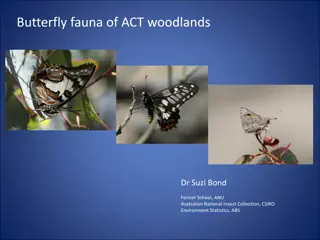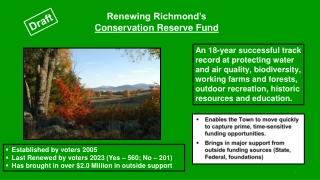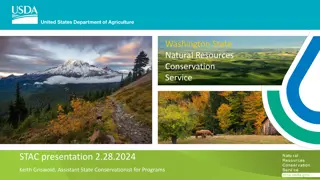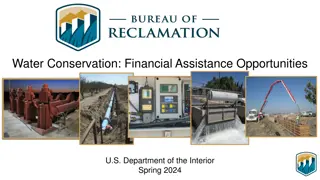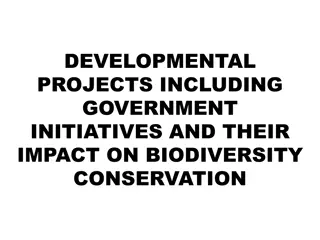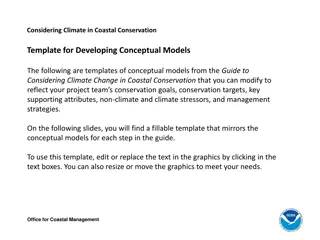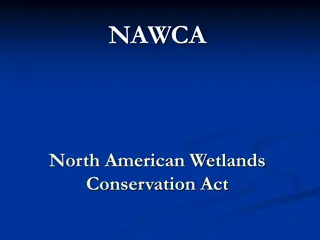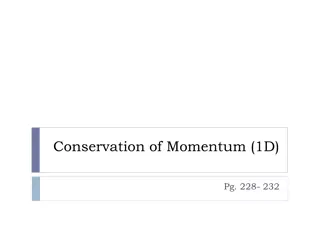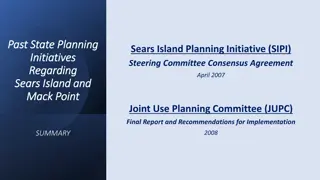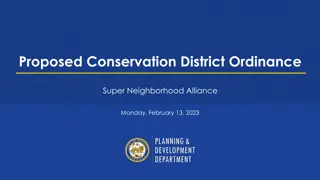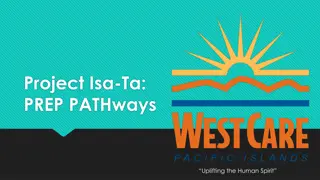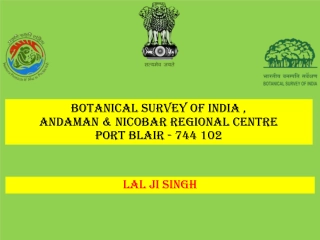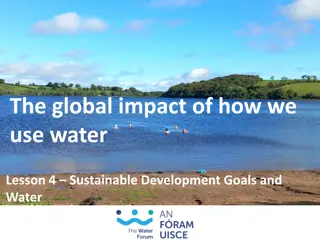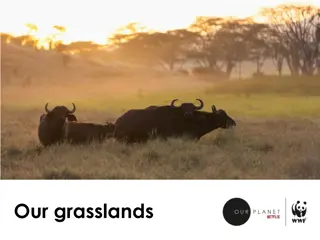Dugong Conservation Efforts in Palau
Palau, home to the isolated dugong population in Micronesia, faces challenges in protecting these vulnerable marine mammals. Despite international and local regulations, dugongs in Palau are still threatened by habitat degradation, hunting, and declining populations. Conservation efforts are crucial to ensure the survival of these unique creatures in Palau's waters.
Download Presentation

Please find below an Image/Link to download the presentation.
The content on the website is provided AS IS for your information and personal use only. It may not be sold, licensed, or shared on other websites without obtaining consent from the author. Download presentation by click this link. If you encounter any issues during the download, it is possible that the publisher has removed the file from their server.
E N D
Presentation Transcript
Palau Dugong and seagrass Fabio Siksei Fisheries Coordinator Palau Conservation Society
Common Facts Palauan Name: Mesekiu Common English name: Dugong Scientific Name: Dugong Dugon Marine mammal Conservation Status: Vulnerable (IUCN 1996) Local status: Vulnerable to extinction Live up to 70 years One calf every 3-7 years Local population Few hundred
Habitats Shallow bays Marine channels Estuaries
Introduction Palau is home to the only dugong population in Micronesia. Palau has the most isolated population of dugongs in the world. This makes Palauan dugongs especially vulnerable, since the population probably cannot be replenished from outside populations.
Dugongs can be found throughout Palau s waters, except the Southwest Islands. According to aerial surveys and local interviews, there are two main areas where dugongs are most often found in Palau, the Malakal harbor area and the northwest coast of Babeldaob island.
Threats Despite the protection it is believed that local population of dugongs continue to decline Dugongs have long been hunted by the local fishermen Habitat degradation Erosion and sedimentation
Dugon International and Local Protection Internationally protected by the Convention on International Trade in Endangered Species of Wild Flora and Fauna (CITES). Palau National Code, Title 24, Protected Sea Life sets regulations relating to the harvest (possession) and commercial activity (including export) of the following species: Dugong ( 1231)
Local Protection Palau Marine Protection Act Hunting is prohibited all year round. Fine for hunting is $5,000-$10,000 or jail up to 10 years.
Milestones 1980 s-Title 24 Palau National Code, Division 2 chapter 12: Protection of Sea life Subchapter 4 subsection 1231Conservation of Dugongs 2002- Ban on Poaching October 2010 - Abu Dhabi. Palau signed the MoU on Dugong Conservation October 2010 - Japan. Palau declares the establishment of a Marine Mammal Sanctuary March 2011 - Palau hosts the regional 2011 Pacific Year of the Dugong campaign launch with SPREP and UNEP/CMS. August 2011 - The Palau Dugong conservation efforts are featured on CNN International-Eco Solutions worldwide. January 2013 - The RPPL 8-57 Dugong Protection Act is signed into law, increasing penalties for injuring or killing Dugongs January 2018-Palau Pledge
Seagrass Seagrass
Seagrass monitoring Manual developed in 2009 With support from National Fish and Wildlife Foundation, Agencia Espanola de Cooperacion Internacional para el Desarrollo, NOAA Coral Reef Conservation Program
monitoring seagrass in MPAs established in seagrass meadows. Protocols were adopted from SeagrassNet manual for Monitoring of Seagrass Habitat Monitoring is done 4 times a year January, April, July, and October
Seagrass 10 types of seagrass found in Palau Most common: Enhalus acoroides Halodule uninervis Halodule pinifolia Halophila ovalis Halophila minor Syringodium isoetifollium Thalassia hemprichii Halophila ovalis
Status of seagrass Short et al. (2014) Monitoring in the Western Pacific region shows evidence of seagrass decline in line with global trends
Next steps Improve local capacity to survey and monitor (populations, foraging, breading grounds) Need to more scientific studies to establish more accurate population Protect dugongs foraging grounds With new information better measures can be made
Reference Marsh, H. & Sobtzick, S. 2015. Dugong dugon. The IUCN Red List of Threatened Species 2015: e.T6909A43792211. http://dx.doi.org/10.2305/IUCN.UK.2015- 4.RLTS.T6909A43792211.en. Colin, P.L. (2009) Marine Environments of Palau, Indo-Pacific Press, San Diego, 414pp. Dugong Protection Act, RPPL 8-57 2013 Marsh, H., Channells, P.W.,Heinsohn, G.E., and Morrissey, J. (1982), Analysis of Stomach contents of dugongs from Queensland, Zoology Department, James Cook University of North Queensland, Townsville, 55-67pp. Short F.T, Coles, R. Fortes, M., Victor, S., Salik, M., Isnain, I., Andrew, J., Seno, A., (2014). Monitoring in the Western Pacific region shows evidence of seagrass decline in line with global trends. Marine Pollution Bulletin, 83, 401-416.
